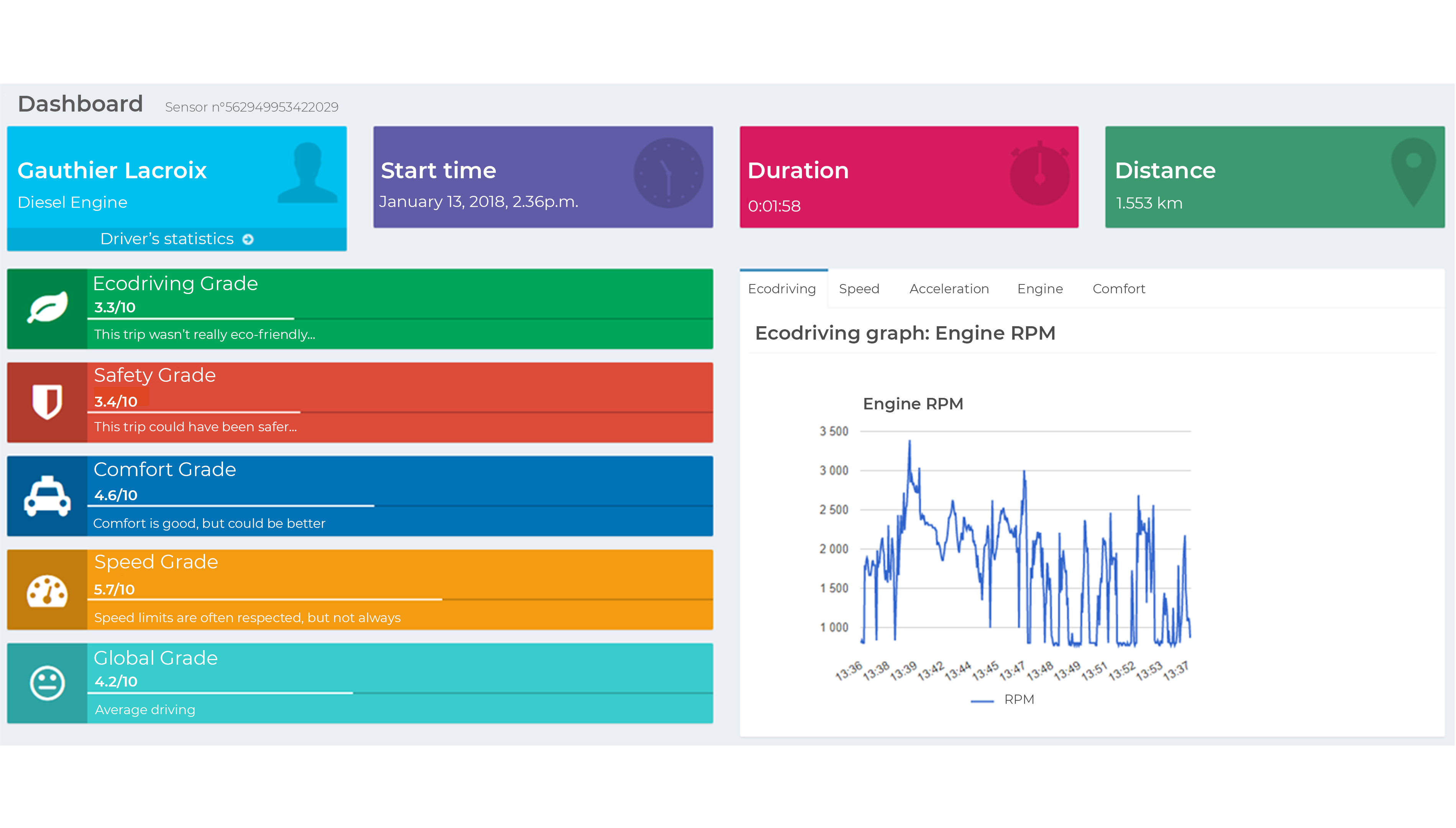[Last updated on June 19th, 2019]
Master of Engineering Capstone Project on Representation Learning for text 
UC Berkeley – George Fei, Leo Laugier, Scott Johnson and Shikun Ding ![]()
![]()
![]()
| Nowadays, social networks are mines of information for revealing people’s opinions, from their political views to their thoughts regarding a company or a product. In addition, online journalism produces data in natural English describing and analyzing the market. Therefore, we decided to design and build deep learning and classic machine learning models for predictive tasks useful for financial analysts. Particularly, this capstone project focuses on mining opinion from news headlines to predict stock market trends by using various techniques, including representation learning, sentiment analysis, and keyword extraction. Whereas current methods often rely on human-engineered features, we successfully built a Convolutional Neural Network (CNN) combined with a Support Vector Machine (SVM) to extract meaningful positive/negative keywords and perform accurate predictions of the stock price trends, for specific markets. |
Extractive Document Summarization Based on Convolutional Neural Networks 

UC Berkeley – Leo Laugier, Evan Thompson and Alexandros Vlissidis ![]()
![]()
![]()
![]()

|
Extractive Summarization is a method, which aims to automatically generate summaries of documents through the extraction of sentences in the text. This task is challenging because compared to key-phrase extraction, text summarization needs to generate a whole sentence that described the given document, instead of just single phrases. Another challenge for this task has been Ethe manual generation of text summaries for supervised learning. Legacy algorithms use predefined handcrafted features of the text for representation. This makes it extremely painful to build an effective algorithm. We implemented an algorithm described by Y. Zhang et al., where a Convolutional Neural Network (CNN) approach is proposed for this task. This has the benefit that it can use word-embedding to represent text and the neural network can extract features automatically. |
Integrated Model and Data Parallelism for Training Deep Neural Networks 

UC Berkeley – Leo Laugier, Lysia Li, Daniel Avery Nisbet and Evan Thompson ![]()
![]()
![]()
![]()
Undergraduate Capstone Project EasyDrive [Showcased at CES 2019] 


CentraleSupélec – Léon Cardineaud, Arnaud d’Esquerre , Leo Laugier and Olivier Rouanet ![]()
![]()
![]()
![]()

